Increased Focus on Smart Materials
The Magneto Rheological Fluids Market is benefiting from an increased focus on smart materials across various sectors. Smart materials, which can respond dynamically to external stimuli, are gaining traction in applications ranging from construction to consumer electronics. Magneto rheological fluids, with their unique properties, fit well within this category, offering potential for innovative applications in structural health monitoring and adaptive systems. The trend towards smart materials is expected to drive significant growth in the market, with projections indicating a potential increase of 8% annually. This shift towards integrating smart materials into everyday products and systems may further enhance the visibility and adoption of magneto rheological fluids in diverse applications.
Rising Demand in Defense Applications
The Magneto Rheological Fluids Market is experiencing a notable increase in demand from defense applications. These fluids are utilized in various military systems, including advanced suspension systems and vibration control devices. The ability of magneto rheological fluids to rapidly change their viscosity in response to magnetic fields makes them ideal for enhancing the performance of military vehicles and equipment. As defense budgets continue to grow, particularly in regions focusing on modernization and technological advancements, the market for magneto rheological fluids is likely to expand. Reports indicate that the defense sector's investment in innovative materials and technologies could lead to a compound annual growth rate of approximately 5% in the coming years, further solidifying the role of magneto rheological fluids in enhancing operational capabilities.
Advancements in Robotics and Automation
The Magneto Rheological Fluids Market is poised for growth due to advancements in robotics and automation technologies. As industries increasingly adopt automation to enhance productivity and efficiency, the demand for sophisticated control systems rises. Magneto rheological fluids offer unique properties that allow for precise control of motion and force in robotic applications. This capability is particularly valuable in sectors such as manufacturing, where precision and adaptability are crucial. The market for robotics is projected to grow significantly, with estimates suggesting a potential increase of over 10% annually. Consequently, the integration of magneto rheological fluids into robotic systems may become a key driver of innovation, enabling more responsive and efficient automated solutions.
Emerging Applications in Medical Devices
The Magneto Rheological Fluids Market is witnessing emerging applications in the medical device sector. These fluids are being explored for use in various medical technologies, including prosthetics and surgical tools. The ability to adjust the viscosity of magneto rheological fluids in real-time allows for enhanced control and adaptability in medical devices, potentially improving patient outcomes. As the healthcare industry continues to innovate, the demand for advanced materials that can provide better performance in medical applications is likely to increase. Market analysis suggests that the medical device sector could see a growth rate of around 7% in the next few years, driven by the need for more effective and responsive medical solutions utilizing magneto rheological fluids.
Growing Interest in Energy Harvesting Technologies
The Magneto Rheological Fluids Market is also influenced by the growing interest in energy harvesting technologies. These technologies aim to capture and convert ambient energy into usable power, and magneto rheological fluids can play a crucial role in enhancing the efficiency of such systems. By utilizing the unique properties of these fluids, energy harvesting devices can achieve better performance and adaptability. The market for energy harvesting technologies is projected to grow at a rate of approximately 6% annually, driven by the increasing demand for sustainable energy solutions. As industries seek to implement more efficient energy systems, the integration of magneto rheological fluids may become a pivotal factor in advancing energy harvesting applications.


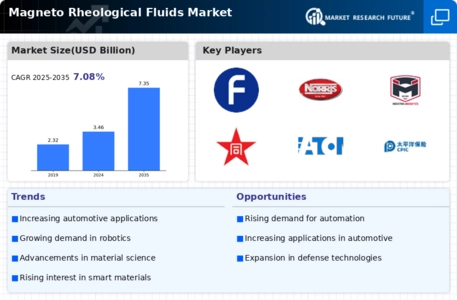
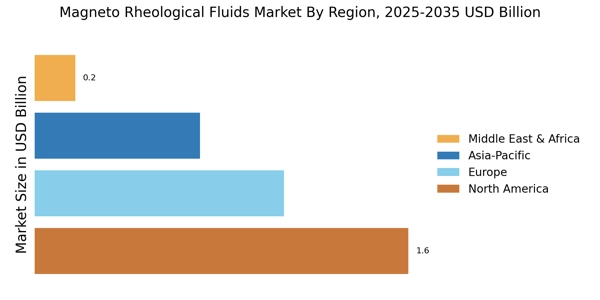


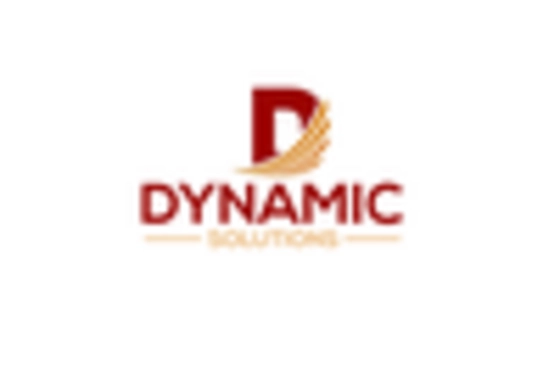
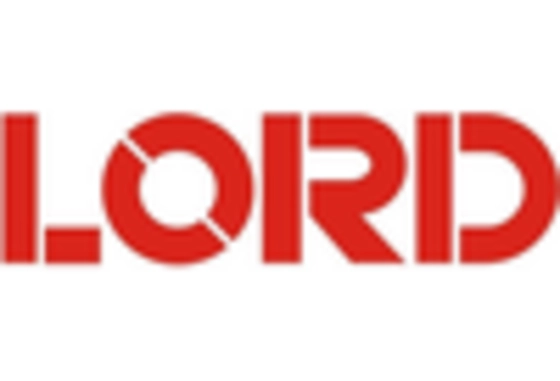
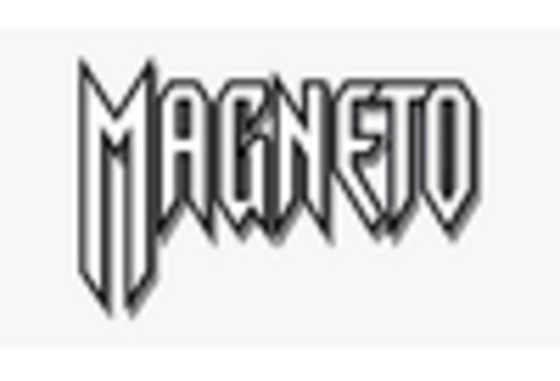
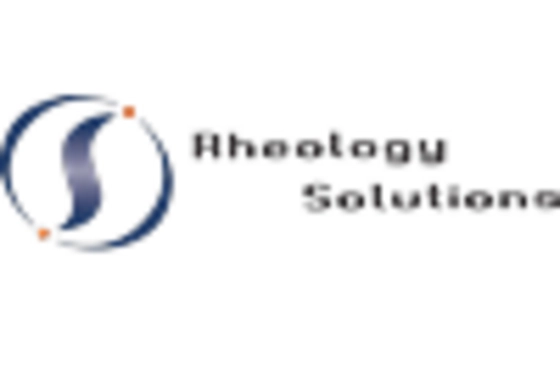








Leave a Comment